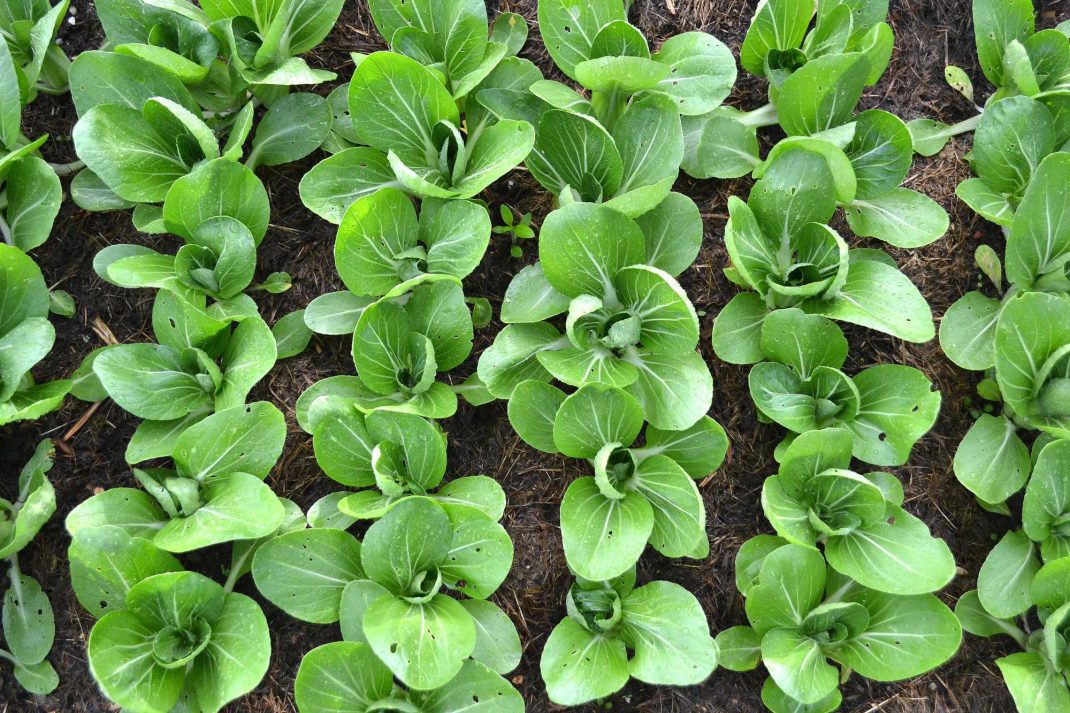Pressure Treated Wood In The Garden - Pros and Cons
Points to consider before deciding
Need help with your yard? Get your free quote today!
Get a Free Quote!
When building raised beds for vegetables, the primary concern is balancing longevity (how long the wood will last) against potential chemical exposure (whether any preservatives might leach into the soil). Below are a few points to consider before deciding between pressure-treated and non-pressure-treated wood:
Pressure-Treated Wood
Pros
• Longer Lifespan: The wood is treated with preservatives that help prevent rot and insect damage, often lasting 10–15 years or more.
• More Cost-Effective: Pressure-treated lumber is often cheaper than naturally rot-resistant species (like cedar or redwood).
Cons
• Chemical Preservatives: Modern pressure-treated wood typically uses alkaline copper quaternary (ACQ) or copper azole instead of the older, more toxic chromated copper arsenate (CCA). While considered safer, some people remain concerned about any potential for chemicals leaching into the soil, especially when growing edibles.
• Handling Precautions: Cutting or drilling into pressure-treated wood can release preservative-laden dust; you’ll need to wear protective equipment.
How to Minimize Risks
• Line the Bed: Stapling a barrier (e.g., landscape fabric or plastic) to the inside can reduce direct contact between soil and wood.
• Verify the Treatment Type: If you choose pressure-treated, make sure it’s ACQ or copper azole, not the older CCA.
Non-Pressure-Treated Wood
Pros
• Chemical-Free: There are no added preservatives, reducing concerns about chemical exposure in your vegetable garden.
• Organic/Health-Conscious Choice: Many gardeners who prioritize organic methods prefer untreated or naturally rot-resistant woods (e.g., cedar, redwood).
Cons
• Shorter Lifespan (for Softwoods): Untreated pine or spruce may last 5–8 years, depending on moisture conditions. Rot-resistant species like cedar or redwood can last longer but can cost more upfront.
• Maintenance: You may need to apply a food-safe sealant or oil (like linseed oil) periodically to extend the life of the wood.
Which Is Right for You?
- If You Want Maximum Longevity and Lower Costs:
• Pressure-treated lumber can last significantly longer. To minimize any potential chemical risk, look for modern, safer formulas (e.g., ACQ) and line the interior of the beds.
- If You Prefer to Avoid Preservatives Entirely:
• Opt for non-pressure-treated wood or naturally rot-resistant species like cedar or redwood. While it may need replacement sooner (especially if it’s a softer wood), many vegetable gardeners feel more comfortable knowing there are no additional chemicals in contact with their plants.
In the end, both options can work—just weigh your budget, lifespan needs, and personal comfort with the idea of chemical preservatives. If you do choose pressure-treated lumber, following best practices (using newer treatments and lining the wood) can greatly reduce any concerns about leaching. If peace of mind is your top priority, untreated rot-resistant wood may be the best fit for your raised vegetable garden beds. Shush
